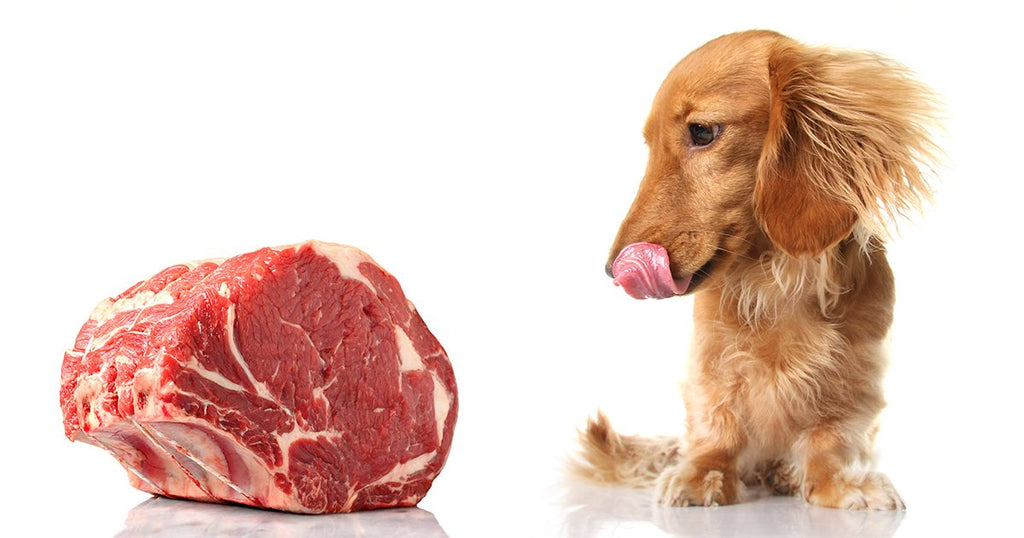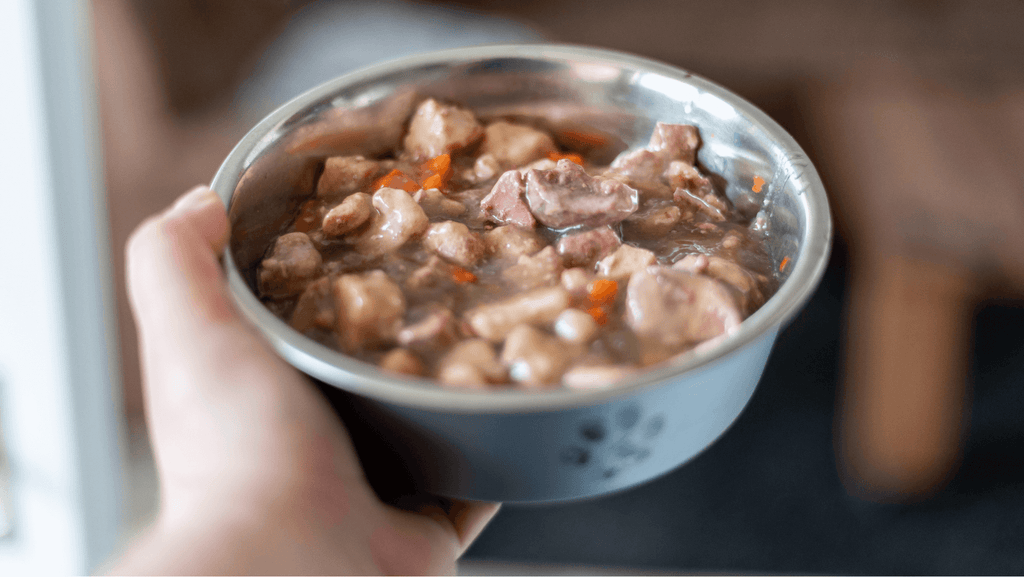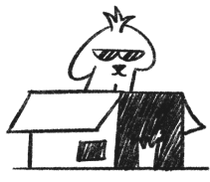Can Dogs Eat Raw Chicken?

When most people hear “raw chicken,” they think about the risks associated with eating and handling raw chicken. However, the growing popularity of raw diet dog food puts a lot of those preconceptions to the test. So, if you’ve wondered if your dog can and should eat raw chicken, we’re here to provide you with the information you need to make a well-reasoned, well-informed decision.
If you’re looking for a quick answer: Yes, all dogs—even small pups—can eat raw chicken if it’s properly prepared and handled. But be aware, just like any diet, raw chicken has its risks, which is why some pet owners consider it “not good for dogs.
A Safe Raw Chicken Diet for Dogs
A biologically appropriate raw food diet, prepared by a reputable company, is one of the safest raw feeding choices a dog parent can make. However, it’s important to be proactive in how you handle the raw food as well as clean your dog’s bowl after eating.
Chicken-Powered Raw Nutrition for Dogs!
Here are the precautions every dog owner should take when feeding raw chicken:
- Keep raw food frozen until it’s time to thaw it.
- Fridge-thaw only what your dog will eat in 3 to 5 days.
- Pick up the dog bowl and discard extra food after an hour (in a cool setting).
- Clean the bowl thoroughly after each meal.
- Do not try to save leftovers for more than 24 hours in the fridge.
When Is Eating Raw Chicken Unsafe for Dogs?
Many owners want to provide their dogs with raw chicken scraps. This can be harmless in most cases, but not all the time.
Issues often arise when dog owners try to implement raw feeding on their own without consulting a veterinary dietician. Not only can this result in an imbalanced diet and possible nutritional deficiencies, but it can also increase the risk of Salmonella, Campylobacteriosis, and digestive discomfort.
Understanding Salmonella
Salmonella is a form of food poisoning. It is caused by a bacteria that is found in the digestive tract of animals. Raw chicken can be a source of salmonella poisoning if the meat has not been correctly processed. Additionally, bacteria tend to multiply in warm, damp conditions, which is why it’s important to keep your dog’s raw chicken food frozen and clean their bowl well after meals.
What are the Signs of Salmonella Infection?
Salmonella infection is a form of food poisoning. The signs and symptoms in dogs are very similar to those in people:
- Vomiting
- Fever
- Diarrhea
- Lethargy
- Lack of appetite
- Dehydration
If your dog has any of these signs of salmonella, call your vet.
What is Campylobacteriosis?
Most people associate salmonella with raw chicken, but campylobacteriosis is another common bacterial infection dogs can get from raw chicken, too. This infection can last between five and fifteen days and poses a serious risk to a dog’s health.
Signs of Campylobacteriosis
- Bloody stools
- Severe abdominal pain
- Fever
- Diarrhea
Both Salmonella and Campylobacter can only be identified under a microscope. If your dog becomes ill after eating raw chicken, it’s always best to contact your vet as early as possible.
Judging a Raw Chicken Recipe & Company
When it comes to raw feeding, not all recipes are created equal. You will want to choose a recipe that is high in protein and provides the other elements a dog needs to thrive (such as carbs, veggies, fats/oils, minerals, and vitamins).
It’s also important to know where the company sources the chicken. Ideally, your dog food brand uses trusted farms within Australia. This allows the dog food manufacturer to better oversee the diet and handling of the chickens. This quality assurance is then passed along to the dog owners.
We always recommend consulting your vet before switching your dog’s diet. This is as simple as providing them with the information on the food you plan to switch to at your dog’s checkup appointment.
What Parts of Raw Chicken Can Dogs Eat?

It is safe for dogs to eat almost all parts of a chicken. However, they should never be fed feathers or the chicken’s beak. Additionally, chicken feet are only safe if prepared by cutting off the nails.
It is safe for dogs to consume the following raw chicken parts:
- Raw eggs (if handled properly)
- Liver
- Heart
- Wings
- Drumsticks
- Thighs
- Breasts
- Legs (thighs plus drumsticks)
- Muscle meat
- Gizzards
- Whole, cleaned chicken
What else should owners know about their dogs eating raw chicken?
Raw chicken from the grocery store, intended for human consumption, is often brined or treated with sodium to help preserve its freshness. If you are preparing your dog’s raw chicken diet, be sure to rinse the meat before serving it.
Is it safe for dogs to eat raw chicken bones?
Yes, dogs can eat raw chicken bones when prepared for their consumption. Never feed your dog cooked chicken bones, though. The cooking process causes the bones to become rigid, sharp, and dangerous. This can result in punctures, broken teeth, or digestive blockages.
Raw chicken bones maintain more flexibility compared to cooked bones, making them a safer choice. Raw chicken diets, prepared by dog food companies, often contain bones, which are quite healthy for dogs. Most raw dog food manufacturers grind the raw bones into small pieces, so they won’t pose a risk to dogs.
So, Can Dogs Eat Raw Chicken?
Yes, dogs can eat raw chicken if prepared and handled correctly. However, like any diet, it comes with certain risks. Many veterinarians advise against feeding dogs raw chicken due to harmful bacteria like Salmonella and Campylobacter, which can cause serious gastrointestinal issues in both dogs and humans.
To keep your pup safe, consult your vet before adding raw chicken to your dog's diet, and ensure careful handling to minimise bacterial risks.
Want to learn more about raw diets? Here's the guide to a dog's raw diet!
Raw Chicken: Great for Dogs When Made for Dogs

If you want to feed your dog raw chicken scraps, we recommend you provide them with another treat, instead. For dog parents who want to provide their doggos with all the benefits of a biologically appropriate raw food diet, we suggest you choose a dog food maker that you can trust. Trustworthy raw food makers will provide transparency about the source of their ingredients, the nutritional balance of their recipes and the veterinary approval process their foods go through.



